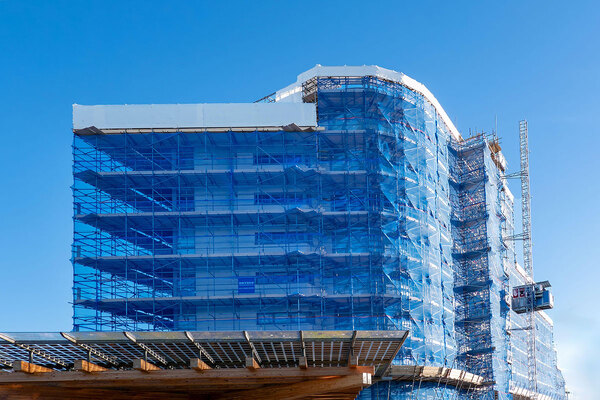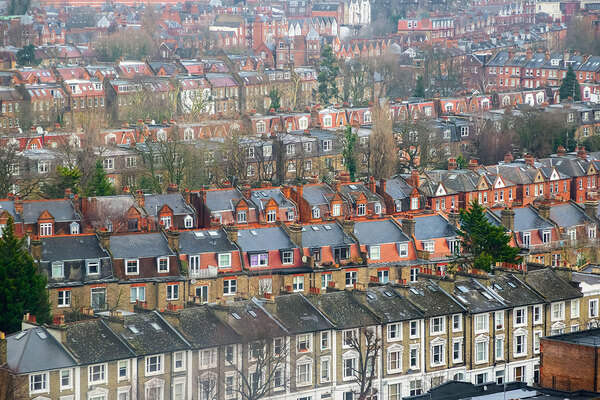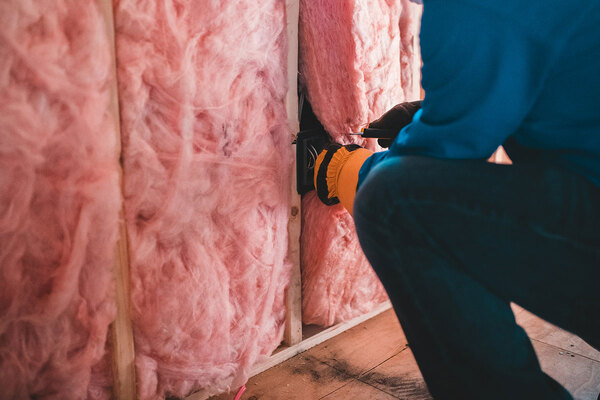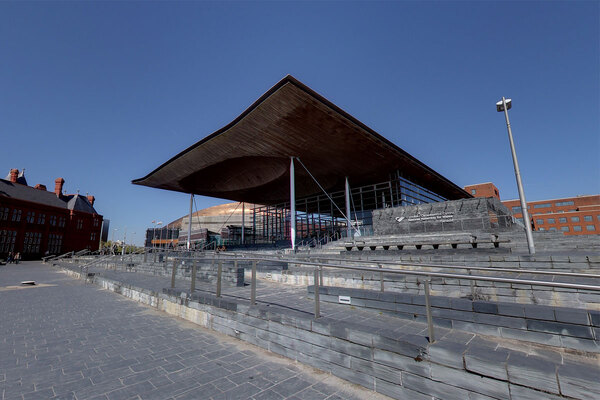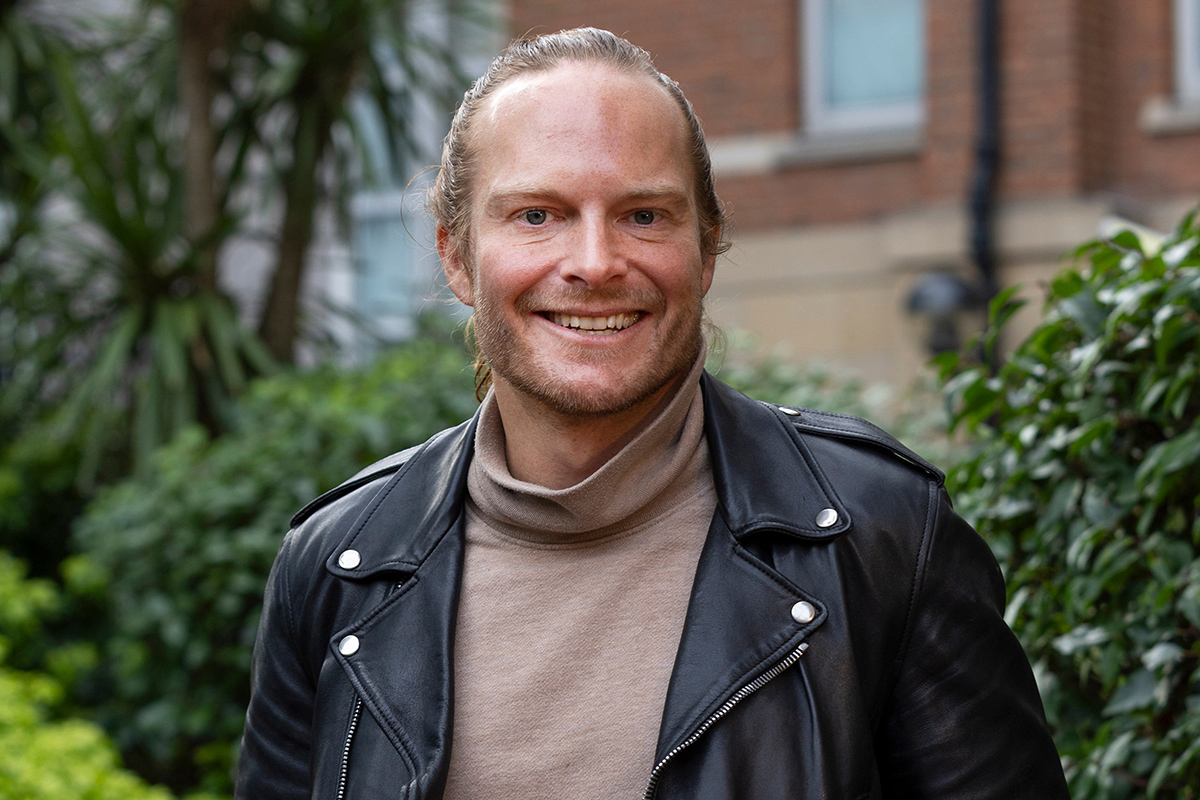Passivhaus now: Scotland’s plan for tough new building standards
From January 2025, all new build homes in Scotland will have to meet a new Scottish version of the Passivhaus standard. James Riding looks at how this will work – and the questions which still need to be answered

Scotland is hurtling towards rigorous new building regulations. From January 2025, all new build homes will have to meet a new Scottish version of the Passivhaus standard, meaning they will be highly energy efficient and well ventilated.
This is the biggest step yet in the push towards making sure that new build homes are low carbon and cheap for residents to heat.
Inside Housing set out to investigate what the new standard will mean for landlords, how the policy may be implemented and how developers are going to pay for it.
The benefits of building social housing to Passivhaus standard are well documented. Not only does it reduce the home’s carbon footprint, but by shielding tenants from high heating costs, fuel poverty is almost eradicated. Matt Bridgestock, managing director at John Gilbert Architects, says that several residents of one of its Scottish Passivhaus schemes reported energy bills of around £50 a month for a three-bedroom house and a two-bedroom flat. “That’s all in – heating, hot water and all of their consumables,” he says. “In the face of the current cost of living crisis, it’s pretty good.”
Passivhaus advocates argue that homes built under Scotland’s current standards are not performing at the level of energy efficiency they were designed to deliver. This energy performance gap – the difference between the anticipated performance of a building at design stage and the actual performance once built – is “sitting at an average of 60%, which is really unacceptable”, says Sarah Lewis, research and policy director at the Passivhaus Trust, the Passivhaus-Institut’s UK affiliate.
There is also a big performance gap in ventilation design. After decades of supposedly efficient buildings underperforming, she says, “it feels a bit crazy, when there’s a tried and tested solution out there, that we wouldn’t adopt it”.
The policy was first proposed in the Scottish Parliament as a private members’ bill by a Labour MSP, Alex Rowley, but was taken up by the SNP/Green coalition government, which pledged to introduce the requirement by the end of 2024. A consultation on Mr Rowley’s proposal in 2022 received 629 responses, with 80% being fully supportive, 13% partially supportive and 6% opposed. The remaining 1% were unsure.
Mr Bridgestock says the “overwhelming feedback” from tenants in his Passivhaus schemes is that “they’re very comfortable”. Older residents with physical ailments feel their health conditions have reduced, thanks to living in a more comfortable, warmer home. “That is not universal through the rest of our projects,” he adds.
As well as stealing a march on its political rivals, the government hopes it can mark Scotland out internationally as a climate trailblazer.
The Scottish government has pledged to introduce its own Passivhaus equivalent – not Passivhaus itself.
The design software used by Passivhaus, PHPP, is open source, but compliance and certification are owned and run by the Passivhaus-Institut, a research body based in Germany. It would be hugely challenging politically, and potentially costly, for the government to place the controls over Scotland’s building standards into the hands of another entity.
It does prompt a big question, though: is there a risk the Scottish standard will be less rigorous than Passivhaus itself?
Gwilym Still, Passivhaus director at Max Fordham engineers, says yes. “There’s no part of Passivhaus you could get rid of and still have the same effects. You end up on a slippery slope… If we accept a degradation on this, then we might negotiate down on that [and] suddenly you’re back at a fairly mediocre building.”
Key questions the Scottish government needs to answer
● What is the estimated cost of the new rules?
● Will the rules be phased in or come into force straight away?
● Will schemes with planning permission as of December 2024 be affected?
● Should mechanical ventilation be paid for by landlords or tenants?
However, there are some interesting real-world examples of authorities that have had similar aspirations and adapted Passivhaus to their own ends. Brussels passed a Passivhaus-lite law in 2015 that kept the standard mostly intact, albeit with a reduction in airtightness requirement. In Heidelberg, the city district took on the compliance side, approving all new buildings through its building control department, rather than going though the Passivhaus-Institut. Scottish civil servants will no doubt be studying these models closely.
Almost everyone agrees that, as a standard, Passivhaus is fantastic. But policy experts warn that the Scottish government’s plan faces a whole set of implementation issues.
“Passivhaus sets a space heating demand of 15 kw/h per sq m,” says Duncan Smith, senior energy and sustainability manager at River Clyde Homes. By contrast, Mr Smith says, some new build houses in Scotland can be as inefficient as 150 kw/h per sq m. “There’s no doubt if you adopt that, you’ll eradicate fuel poverty. But the cost to do that might sometimes be higher than normal.”
Instead, he is in favour of setting a range. “If you get 25 kw/h per sq m, you’re doing pretty well. And if you’re getting 30 or 35, you’re still doing OK, that might be silver.”
Tony Cain, policy manager at the Association of Local Authority Chief Housing Officers, brings up potential problems, such as: what happens if tenants turn off the mechanical ventilation in their Passivhaus homes, which could lead to problems with condensation and mould? To get everyone building to the new Scottish Passivhaus standard, the Scottish government will need a fleet of new operators with real attention to detail. How will it get the right people?
Progress on skills is already being made, says Mr Bridgestock. Built Environment – Smarter Transition (BE-ST), an innovation centre in Glasgow, has been training tradespeople and designers for the past two years. They “have gone through several hundreds, if not thousands, of people”, he says.
However, Mr Smith warns that people working on building standards for local government are “not particularly well paid and they’re overworked”.
In numbers
£50
Monthly energy bill for three-bedroom house or two-bedroom flat at one Scottish Passivhaus scheme
60%
Average energy performance gap in Scotland
2024
When the Scottish government will produce cost estimates
He says: “It’s really difficult to say to the local government officers, ‘This is part of your bag now.’ Unless the Scottish government puts significant resources into local government to become the accreditation partner, you’re going to struggle here.”
Costs and risks
Housing associations are also concerned about the resourcing that must accompany the new rules. David Bookbinder, director of the Glasgow and West of Scotland Forum of Housing Associations, says: “Scotland likes legislating, it likes having high standards… but do we have the resources behind it?”
The cost of housebuilding has gone up across Scotland, but it is even more pronounced in rural areas. According to Allan Maguire, head of development at Highland Council, new council homes in the area cost around £200,000 a unit to build before COVID-19, and now cost around £300,000 a unit. Meeting the Passivhaus standard will add a “significant cost” and will be “extremely challenging in rural areas”, he says, adding that it could lead to “a reduction in the number of units we’re delivering”.
Contractors will also have to up their game, but Ms Lewis is convinced they will rise to the challenge. “We have found contractors to be really embracing,” she says. “When you tell anyone that you want them to do a really good job, and you’re going to give them the tools that they need to be able to do that, people do tend to embrace that.”
In short, it will certainly cost more – but the government has not yet released its costings.
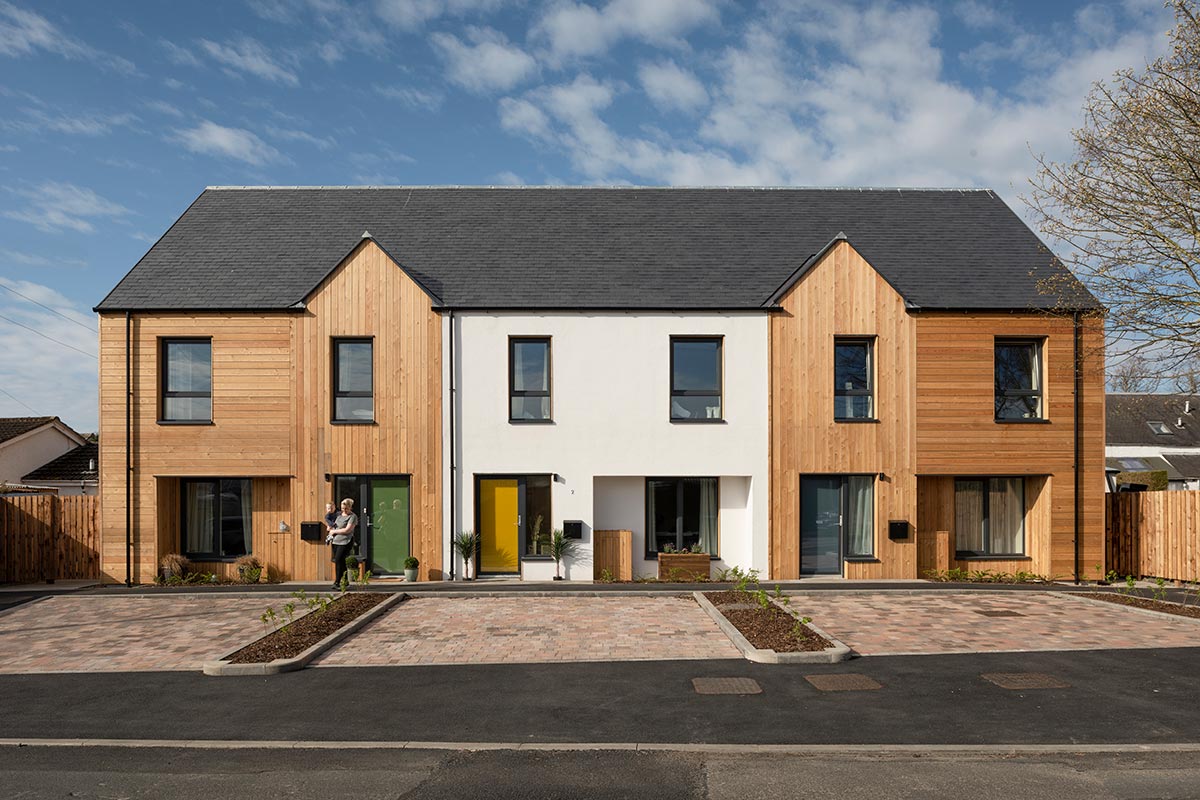
The Passivhaus Trust estimated in 2019 that meeting the Passivhaus standard would cost about 8% more than meeting building standards, reducing to 4% if homes are delivered at scale. Now it expects the cost increase to be lower as general building standards have continued to rise.
Bill Banks, retired chief executive of Kingdom Housing Association – a 7,000-home landlord – estimates that its costs were 20% more for Passivhaus developments. Kingdom started construction in 2022 on 30 Passivhaus homes in Gauldry, costing £230,000 each to build.
Current chief executive Tom Barclay tells Inside Housing: “Some of our concerns are not necessarily just about cost, although that’s an issue. It’s also about complexity and supply chain.”
For its latest Passivhaus developments, Kingdom is sourcing some window products from Denmark. “We need to make sure we’ve got indigenous supply chains and Scottish supply chains that are delivering,” he says. Scotland still has “quite a fragmented construction industry”, adds Mr Barclay, and the “the depth of skills” are “not as well aligned as they need to be to deliver [Passivhaus] at scale”.
Mr Bridgestock says the uplift for his social housing projects is 5-8%, and for “smaller projects a wee bit more”. In England, he says, the cost gap is much bigger – around 18% – because building regulations are more relaxed so the comparison is to a lower base, and there is a premium for timber kit.
There is a danger that contractors perceive a Passivhaus project as more of a risk to deliver, and so they price it higher. Early onboarding of contractors might help to ameliorate this, and the fact that all new builds will need to meet the standard.
Mr Cain says the Scottish government still needs to “do the work to understand what the cost will actually be”.
What does a Passivhaus development need?
Although the Scottish standard will not be exactly the same as Passivhaus, the government has indicated that it will be based on the exacting standard. Passivhaus schemes usually make use of triple-glazed windows, high levels of airtightness and mechanical ventilation.
A heating system is generally still required, but it should only need to operate at a much lower level.
Gwilym Still, Passivhaus director at Max Fordham engineers, says the focus is less on using niche, premium products, and more on the rigour with which widely available materials, such as insulation, are installed, “using the same or similar things, but with slightly more care and attention”.
There will normally be at least three airtightness tests during the construction process, as well as inspections of insulation. A Passivhaus consultant will be on hand throughout building and a certifier will visit the site at a couple of key points.
“We should want quality from our buildings, and this standard is delivering quality,” says Ms Lewis. “If you’re going to cut something out of this, would you really cut quality?”
A Scottish government spokesperson tells Inside Housing: “We will continue to work closely with a wide range of stakeholders on these plans, including social housing providers, many of whom have already received our support to build housing to Passivhaus standards.
“We will consider the detail of this commitment along with these stakeholders, including any additional costs associated with improved quality standards for homes delivered through our Affordable Housing Supply Programme.”
Scotland is further ahead in Passivhaus training than many other parts of the world and its housing associations have built some brilliant schemes. There is clearly an appetite for high standards.
“Someone has got to lead the way,” says Ms Lewis. “Why not have Scotland do it?”
Sign up for our Scotland newsletter
Already have an account? Click here to manage your newsletters


